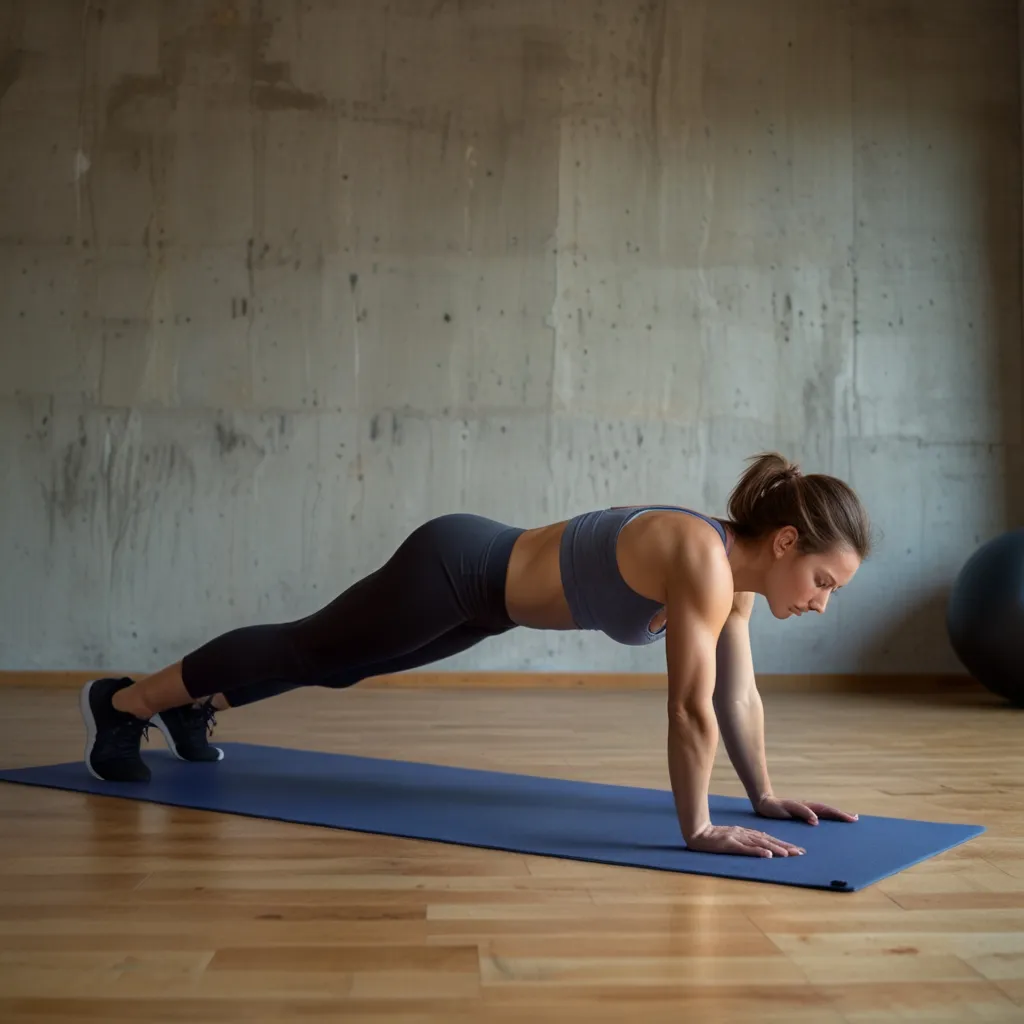Joint pain can seriously mess up your day, zapping the fun out of even the simplest activities. Whether it’s osteoarthritis, rheumatoid arthritis, or just the result of repetitive strain, joint pain can make life pretty tough. But don’t worry, there are plenty of ways to keep your joints happy and pain-free.
First up, is the dreaded topic—weight. Carrying extra pounds means more stress on your joints, especially those in your knees, hips, and spine. Think of each pound as a mini dumbbell adding pressure day in and day out. Focusing on a balanced diet and regular exercise can help shed that extra load, making your joints sigh in relief. Foods that are rich in nutrients, particularly whole, plant-based options, work wonders not just for your waistline but also to stomp out inflammation—a major culprit in joint pain.
Exercise is another biggie. It might sound like the opposite of what you want to do when in pain, but moving those joints is key. Low-impact exercises like swimming, biking, walking, and yoga aren’t just good for your joints but also help keep them lubricated. Think of these activities as the equivalent of putting oil in a squeaky hinge. Regular movement helps your body produce synovial fluid—the WD-40 for your joints. This fluid not only reduces friction but also nourishes cartilage, keeping your joints flexible and less painful.
Building muscle around your joints offers another layer of protection. Strong muscles act like shock absorbers, giving your joints much-needed support. Plus, exercising releases endorphins, which are nature’s painkillers. So, not only do you get physical benefits, but your mood gets a boost too.
Never underestimate the power of good sleep. Catching those z’s is essential for your overall health, including your joints. Aiming for 7-8 hours of quality sleep each night helps reduce inflammation and gives your body a chance to repair itself overnight.
If you’re a desk jockey, pay attention to ergonomics. Poor posture can make joint pain worse. Setting up your workstation right can save you from a world of hurt. Make sure your monitor is at eye level, your keyboard and mouse are easy to reach, and your chair offers solid support.
When it comes to supplements, omega-3 fatty acids are stars, thanks to their anti-inflammatory properties. Glucosamine and chondroitin are also worth checking out since they can support cartilage health and further reduce inflammation. Before diving into any new supplement regimen, it’s always wise to have a chat with a healthcare professional.
Heat and ice therapy are tried-and-true methods for managing joint pain. Heat, whether it’s a warm bath or a heating pad, helps by relaxing muscles and increasing blood flow. Ice, on the other hand, numbs the pain and brings down inflammation. Alternating between heat and ice can be a one-two punch in relieving stiffness and pain.
For those who type away or use their hands a lot, repetitive strain injuries (RSI) can creep up. Techniques like myofascial release or physical therapy can come to the rescue. Myofascial release involves pressing gently into the connective tissue to erase pain and restore movement. Physical therapy can help improve the joint’s mobility and strength, reducing those nagging aches.
Acupuncture, the art of sticking tiny needles into your skin, might sound a bit medieval, but many people find it helpful for pain relief. Its effectiveness varies, but if you’re open to it, the relaxation and pain reduction can make it worth a try.
Another somewhat hippie but increasingly popular method is grounding or earthing. This involves spending time barefoot on natural surfaces like grass or sand. The idea is that absorbing negative electrons from the Earth reduces inflammation and boosts overall health. It’s free and easy, so why not give it a whirl?
To wrap it all up, managing joint pain is a holistic effort that combines lifestyle tweaks, diet changes, and sometimes targeted therapies. Keeping your weight in check, sticking to a regular exercise regimen, getting quality sleep, and setting up your environment ergonomically go a long way in keeping joint pain at bay. Supplements, along with heat and ice therapy, add another layer of relief, while alternative treatments like myofascial release, acupuncture, and grounding can offer extra help. Always consult with a healthcare professional before making significant changes or starting new treatments—because it’s your body, and you owe it the best care.
So, while joint pain might be a persistent pest, these strategies arm you with the tools to fight back and reclaim a pain-free life. Here’s to more good days and fewer painful ones!






